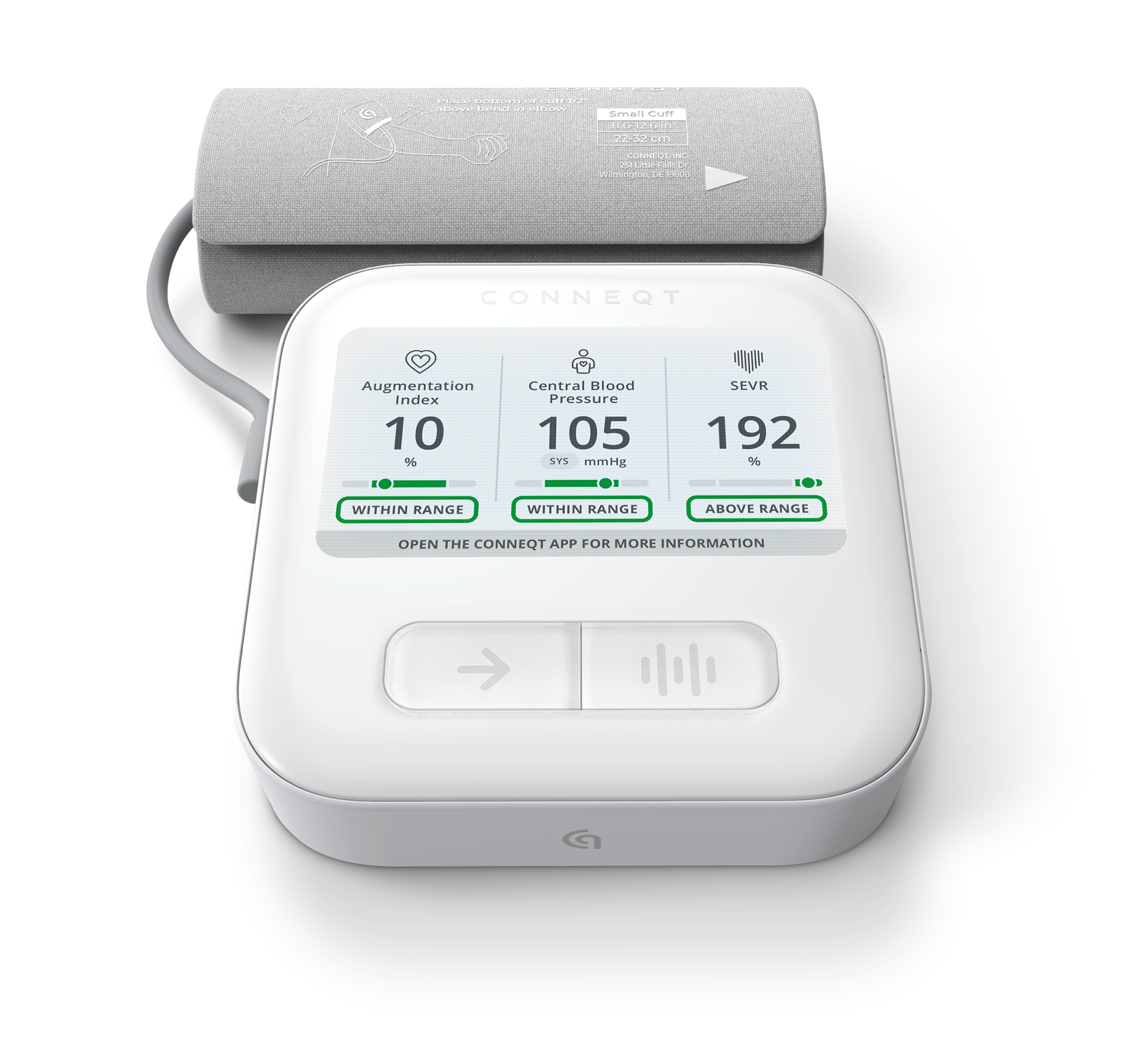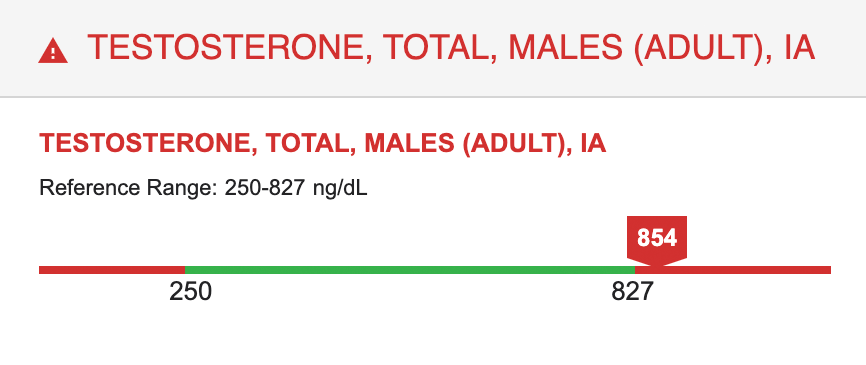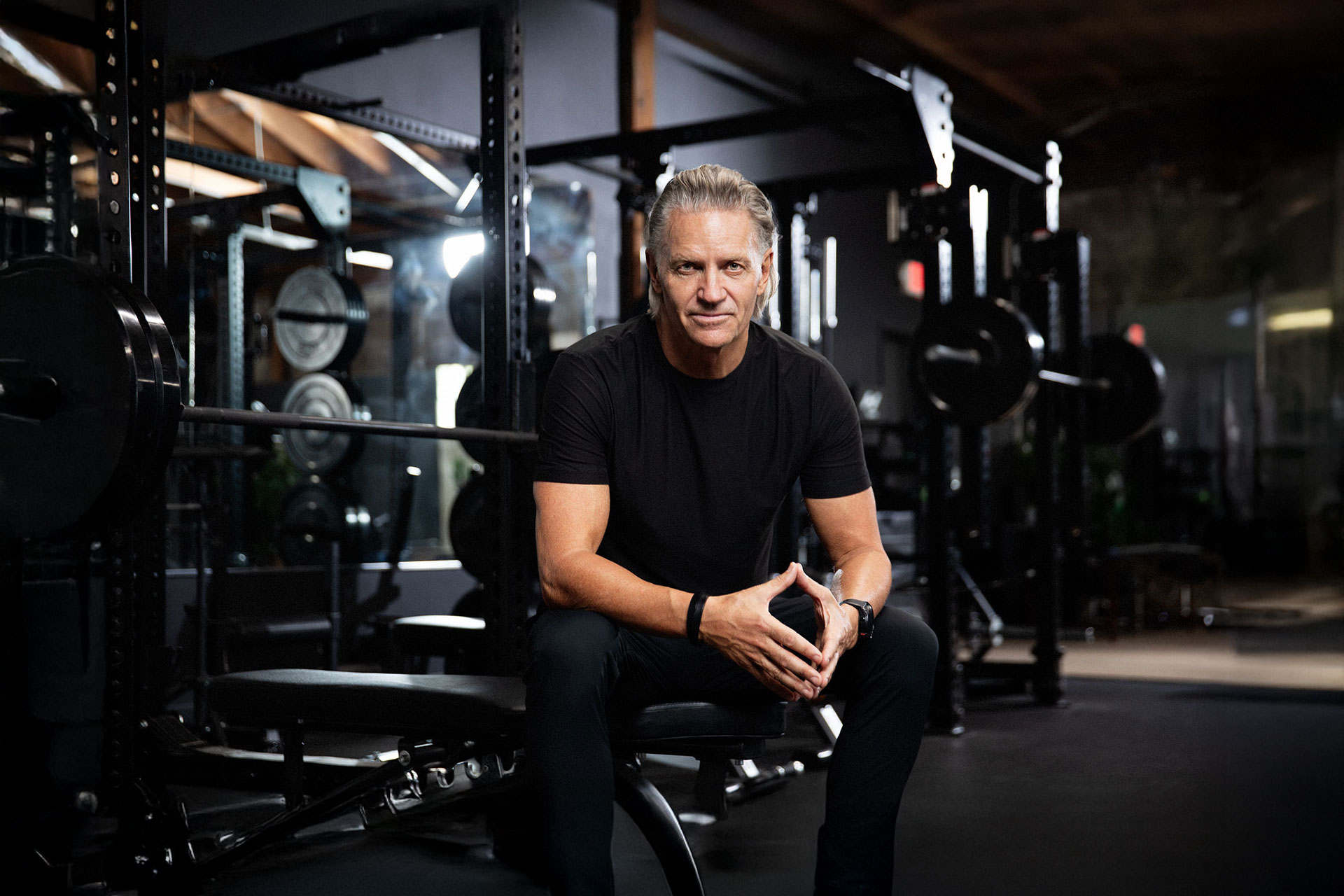You’re tired. Losing strength. Not feeling like yourself. Your sex drive’s off. Your doctor brings up testosterone therapy.
Sounds tempting: more energy, better mood, sharper workouts, stronger libido.

Measure what matters
Save 20% on checkout with code VITALITY
Then comes the catch: What does this mean for my heart?
That’s the question a lot of men are asking—and it’s a good one. Cardiovascular disease is still the #1 killer of men. If you’re going to mess with your hormones, you want to know what it’s doing to your arteries, your blood, and your long-term health.
This isn’t hype. It’s about making an informed call—based on the real science, not the marketing promises or the horror stories online.
A Personal Perspective on TRT
Here’s how I look at it: testosterone therapy can be beneficial for some men, but for most, it’s a “deal with the devil”. Once you’re on it, you’re often on for life. That’s not always obvious up front, but the long-term physiological consequences, like suppressed natural production, tend to surface as therapy continues. I lay that out in detail in my book, Your New Prime.
At 62, I’m fortunate to have a total testosterone level of 854 ng/dL, within a lab range of 0 to 1000, with free T significantly above the normal threshold. But that didn’t come from a prescription. It came from decades of consistency: training hard, eating clean, recovering well, and staying disciplined, following the same principles I’ve used for years in coaching and that I share in my book.

And even with labs like mine, let me be clear—it’s not just about the number.
I know guys with T levels as high as mine who can’t get out of bed or perform in it. And I know others with clinically low testosterone who are thriving and bouncing off walls. Energy, vitality, sex drive, mood—these are driven by more than just your bloodwork. The number is only one piece of the puzzle. What matters is how you’re actually functioning, day in and day out.
TRT Isn’t a Shortcut. It’s a Medical Treatment.
Testosterone therapy isn’t about turning back the clock or building a beach body. It’s meant for one thing: treating clinical hypogonadism. That’s when your body isn’t producing enough testosterone and you’re feeling the effects.
That means:
- You’ve got consistently low testosterone on bloodwork (measured in the morning, multiple times): and
- You’ve got symptoms: fatigue, low libido, mood swings, declining muscle mass, belly fat that won’t budge
If you don’t check both boxes, TRT probably isn’t for you. In fact, some estimates suggest that as many as one in three men prescribed TRT don’t actually meet the criteria for clinical deficiency. That’s where the risk skyrockets—because for men with normal T levels, the benefits are minimal, but the downsides still apply. And even if you do, it’s not a silver bullet. It’s one piece of a larger health strategy.
What Testosterone Does for Your Cardiovascular and Musculoskeletal Systems
Testosterone doesn’t just affect your sex drive. It plays a role in how your blood vessels work, how your body handles fat and sugar, and how much inflammation is circulating in your system. All of that ties back to heart health. It also plays a vital role in musculoskeletal health, including maintaining bone mineral density and supporting muscle mass.
Here’s where TRT might help:
1. Improves Blood Vessel Function
Testosterone helps blood vessels expand. That matters for blood flow and blood pressure. Low T can reduce this function; TRT may help restore it.
2. Reduces Visceral Fat
The deep belly fat that surrounds your organs is tied to insulin resistance and inflammation—both risk factors for heart disease. TRT can help shift fat distribution and build lean mass.
3. Supports Glucose Metabolism
TRT may help regulate blood sugar. One large trial (T4DM) showed it could delay or prevent diabetes in men at risk—good news for your heart.
4. Lowers Inflammation
Low testosterone is linked to higher levels of inflammatory markers. TRT can bring those down, which may help reduce arterial plaque buildup.
5. Improves Exercise Capacity
You may find you can train harder and recover faster, which encourages a more active lifestyle—key for long-term heart health.
6. Supports Bone Health
TRT may also help increase bone mineral density, particularly in men with osteoporosis or age-related decline. However, in the TRAVERSE trial, a small but unexplained increase in bone fractures was observed—highlighting the need for longer-term studies.
The Risks Are Real—If You’re Not Monitoring
None of this means TRT is risk-free. It shifts your physiology in ways that require oversight. If you’re on therapy and not watching the right markers, you’re flying blind.
Here’s what can go wrong:
1. Blood Gets Too Thick
TRT increases red blood cell production. If hematocrit goes above 54%, your blood can get too viscous, raising clot and stroke risk. This condition is called erythrocytosis, and it’s one of the most common issues . It’s manageable—but only if you’re tracking it.
2. Blood Clot Risk
Most recent studies, including the 2023 TRAVERSE trial, show no major increase in clot risk overall—but there was a small uptick in pulmonary embolisms. If you’ve had clots before, this matters.
3. Water Retention and Blood Pressure
Some men retain fluid on TRT. This can elevate blood pressure or cause swelling—especially if you already have hypertension.
4. Irregular Heart Rhythm (AFib)
The same 2023 study noted a slight increase in atrial fibrillation. Rare, but important—especially if you’ve had rhythm issues before.
5. Worsened Sleep Apnea
TRT can make sleep apnea worse. If you snore heavily or feel exhausted even after a full night, get it checked before starting therapy.
6. Infertility and Testicular Shrinkage
TRT suppresses natural testosterone production and can significantly reduce sperm count—sometimes permanently. Long-term use may cause testicular shrinkage that isn’t reversible. Sperm recovery can take up to two years after stopping, and medications like clomiphene or hCG may help, though they’re not always covered by insurance.
7. Gynecomastia and Acne
Testosterone is converted into estrogen in the body. That means some men on TRT may develop gynecomastia—painful swelling or tenderness of male breast tissue. Others see a resurgence of acne, particularly on the back and shoulders.
8. Prostate Concerns
While TRT hasn’t been definitively linked to prostate cancer, it can enlarge the prostate and worsen symptoms of benign prostatic hyperplasia (BPH)—think frequent urination, urgency, and disrupted sleep. Monitoring PSA levels and discussing prostate health with your doctor is critical.
9. Emotional and Behavioral Changes
Some men experience increased irritability, impulsivity, or even depressive symptoms with testosterone fluctuations—especially if therapy isn’t well-regulated. Mood tracking should be part of any long-term TRT plan.
So, Is TRT Safe for Your Heart?
Short answer: For men with true low testosterone—yes, it appears to be safe, when monitored properly.
That 2023 TRAVERSE trial followed over 5,000 men with cardiovascular risk for nearly three years. No increase in heart attacks, strokes, or cardiac deaths. That’s the most rigorous data we have to date.
But it’s not a green light to self-medicate or skip the follow-ups. Testosterone affects multiple systems. If you’re on it, you need structure.
How to Use TRT Without Putting Your Heart at Risk
1. Confirm You Actually Need It
Blood tests plus symptoms. Not just one or the other.
2. Choose a Delivery Method That Works for You
Injections can spike levels fast, which may raise red blood cell counts. Gels and patches tend to provide steadier levels.
3. Get the Right Labs—and Get Them Regularly
- Hematocrit & Hemoglobin (3 and 6 months, then yearly)
- Testosterone levels (to stay mid-normal)
- PSA & digital prostate check
- Blood pressure (home + clinic)
- Lipid panel
- Fasting glucose & A1C
- Sleep and cardiac symptoms (snoring, fatigue, palpitations)
4. Bring Your Cardiologist Into the Loop
If you’ve got heart history, don’t manage TRT in isolation. This should be a team effort.
5. Use Real Cardiovascular Monitoring
Tools like the CONNEQT Pulse let you track more than just blood pressure. They show central blood pressure, arterial stiffness, and how well your heart is perfusing. That’s how you stay ahead of issues—before they show up on a standard test.
Don’t Expect TRT to Do the Heavy Lifting
Even if your numbers improve, TRT isn’t going to clean up a poor lifestyle.
- Exercise: Still your best long-term cardiovascular tool. Ideally 150+ minutes a week.
- Nutrition: More whole food, less processed junk. Watch your sodium.
- Recovery: Sleep and stress matter—especially if you’re pushing hard in the gym.
The Bottom Line
TRT isn’t a magic bullet. But for the right guy—diagnosed properly, monitored consistently—it can make a real difference.
Energy improves. Fat goes down. Muscle comes back. Libido often improves. And with the right structure, your heart doesn’t have to suffer for those gains.
But it only works if you respect the therapy.
No shortcuts. No guessing. And definitely no ignoring your labs or skipping follow-ups.
Ask yourself:
- Am I a real candidate for TRT?
- Am I prepared to track my heart health and adjust as needed?
- Am I handling the fundamentals—exercise, food, sleep, stress?
- Am I working with the right team?
Because TRT isn’t just about hormones. It’s about how you want to age—and what you’re willing to do to stay in control.






